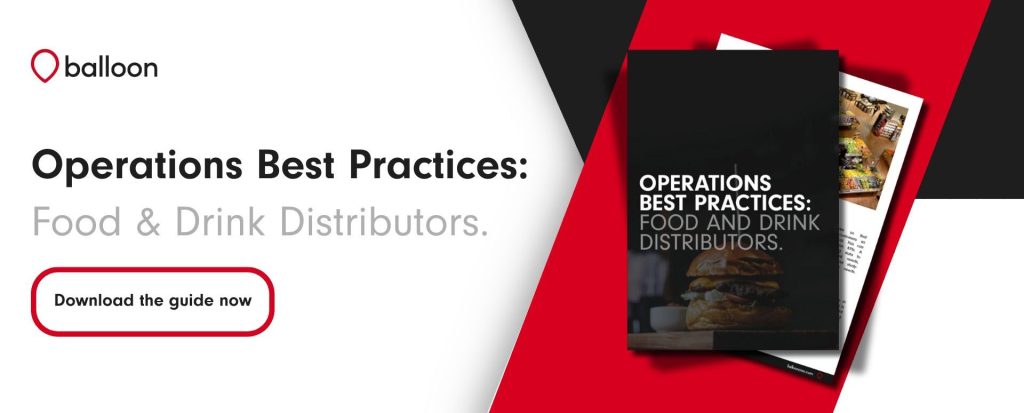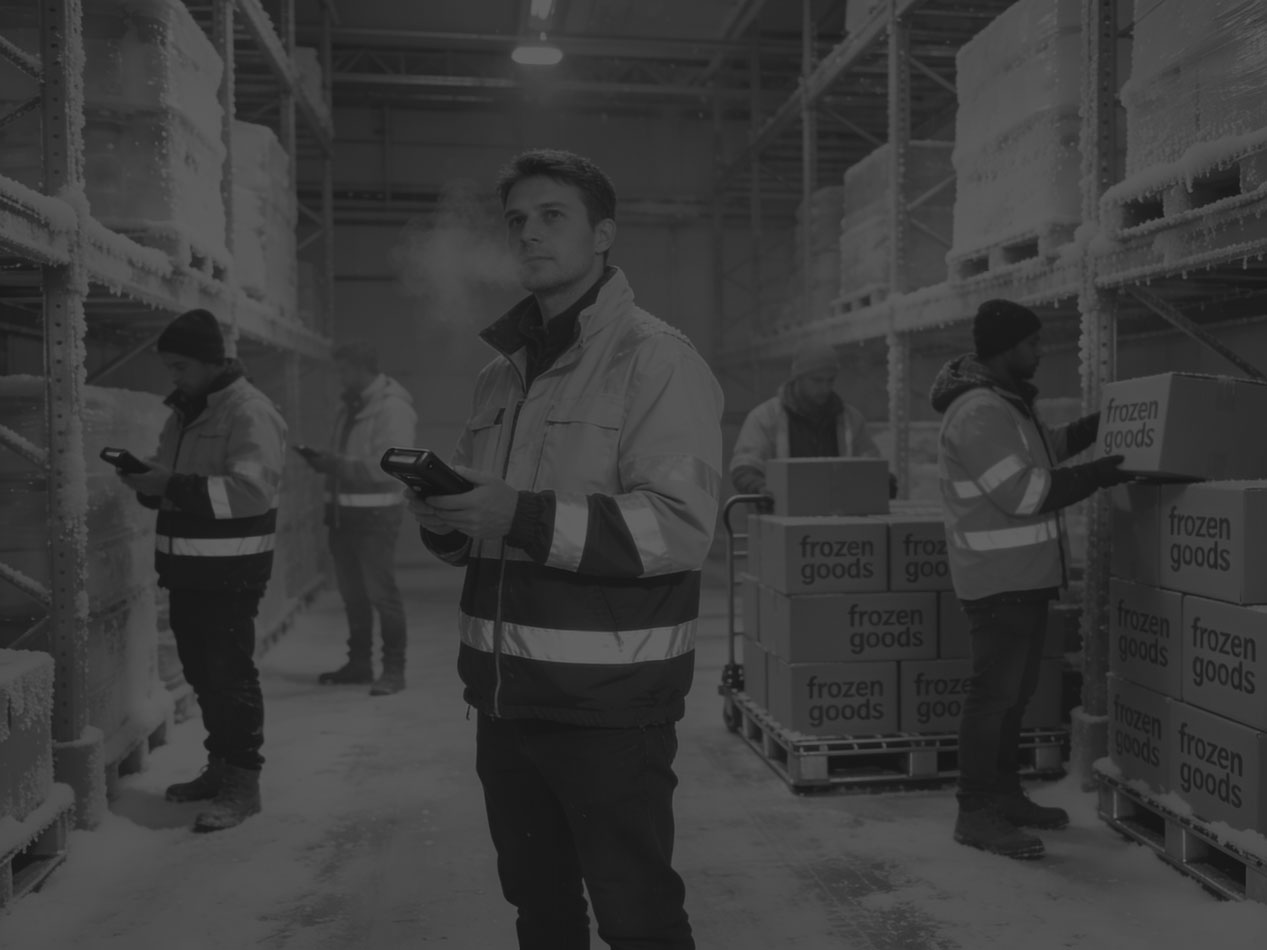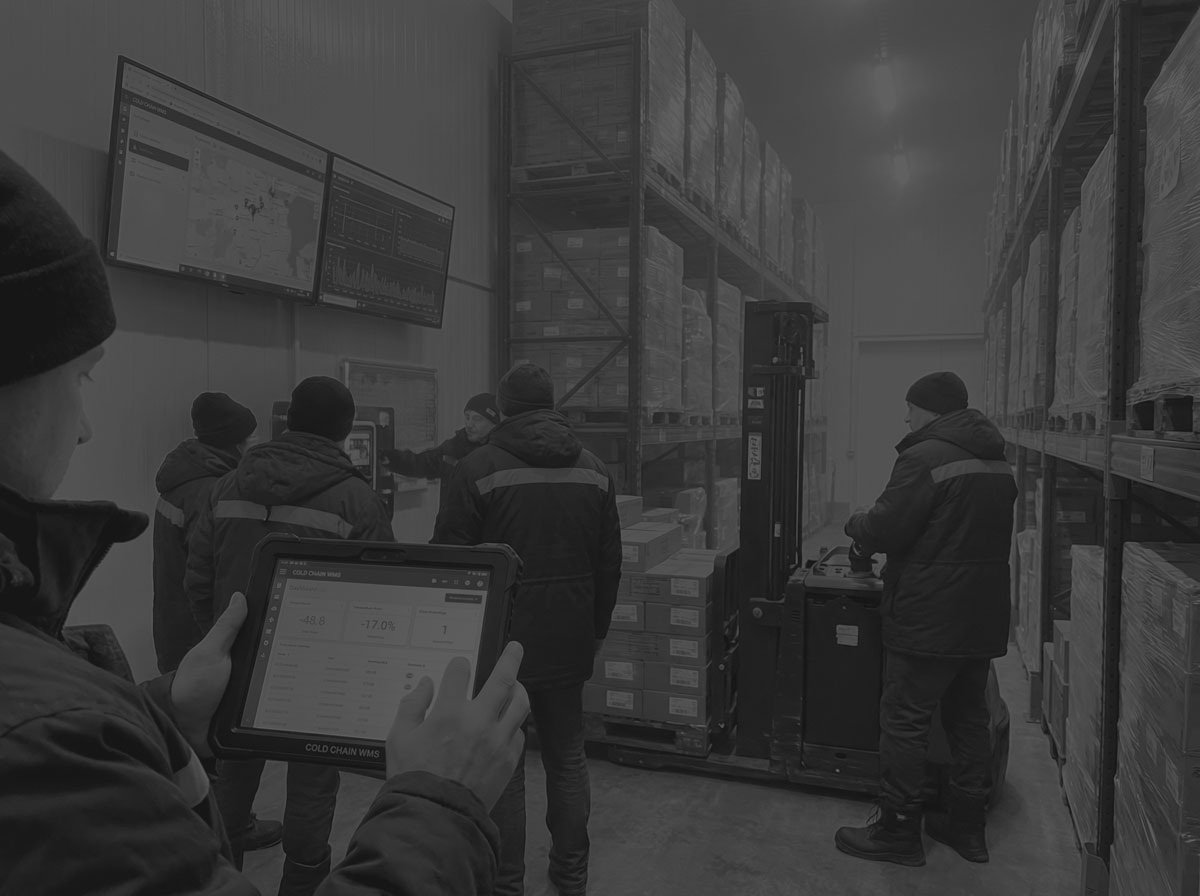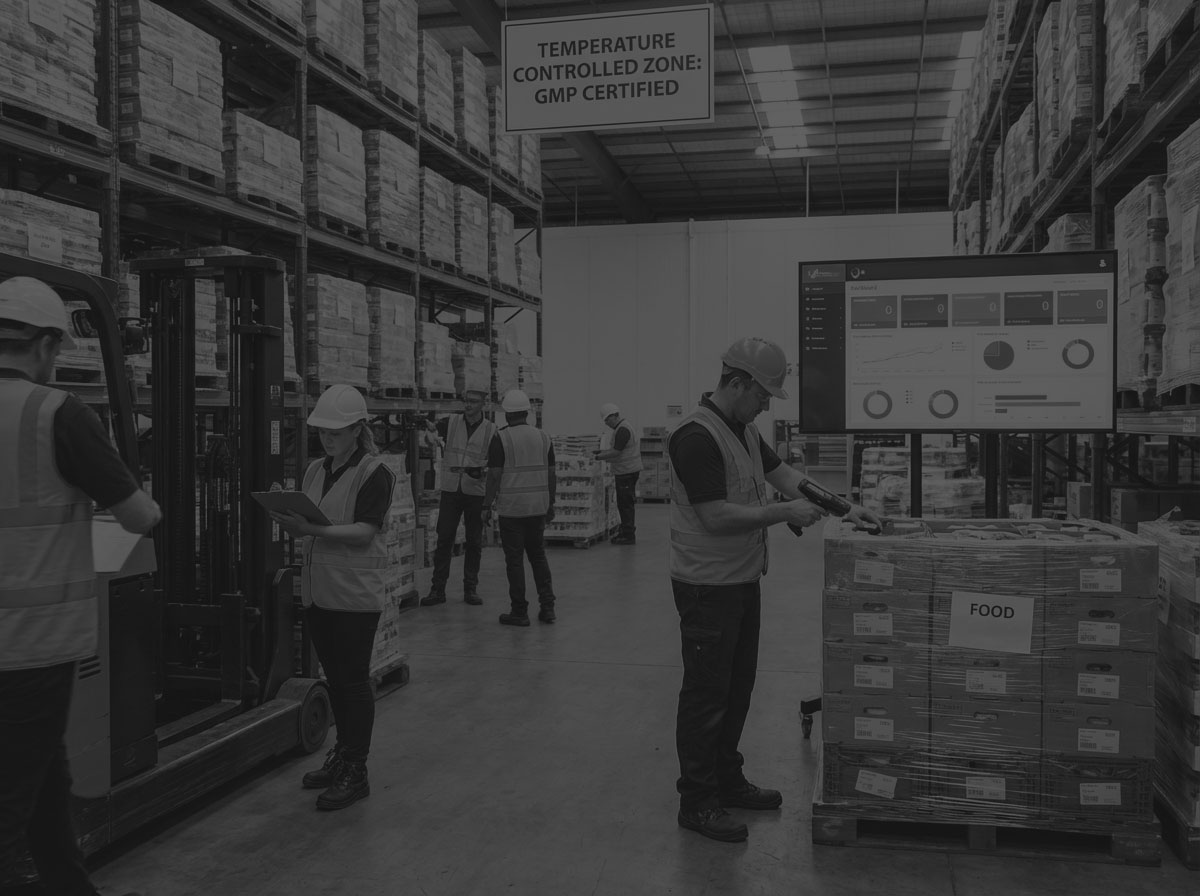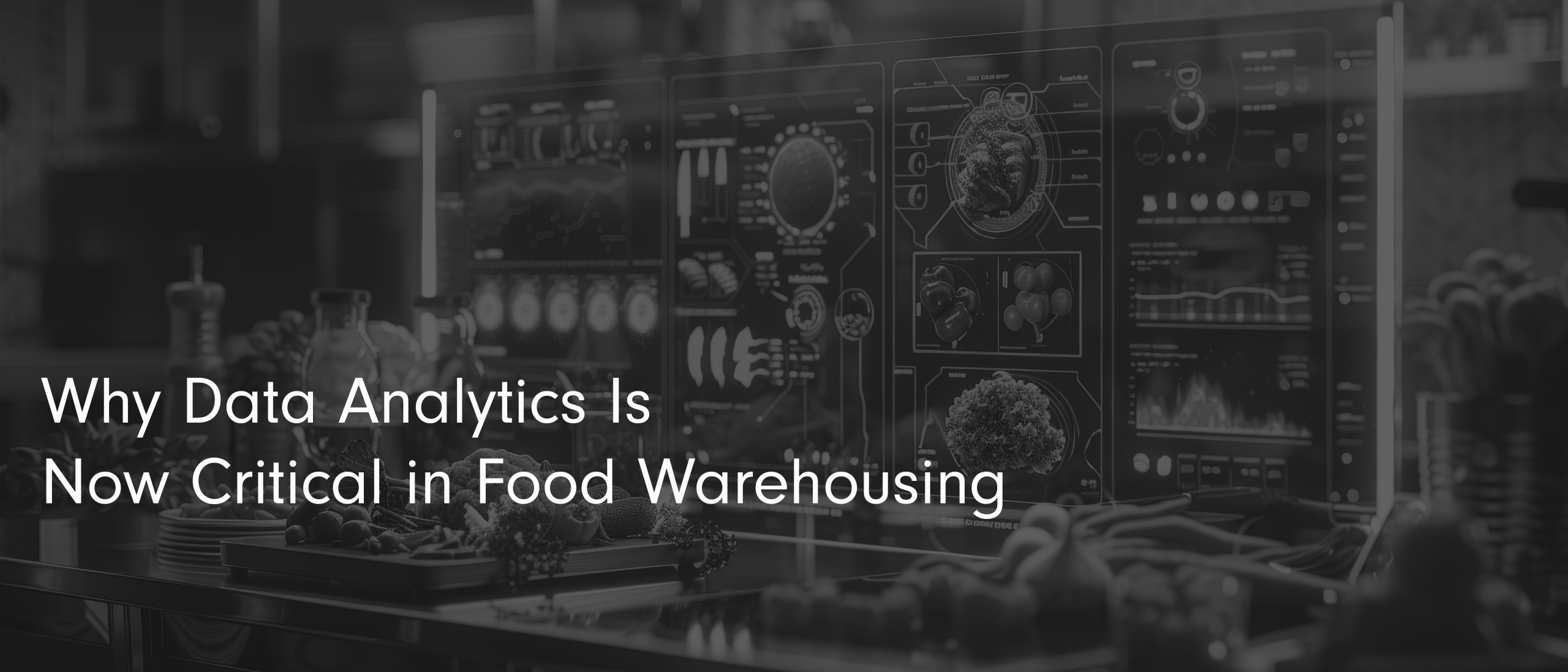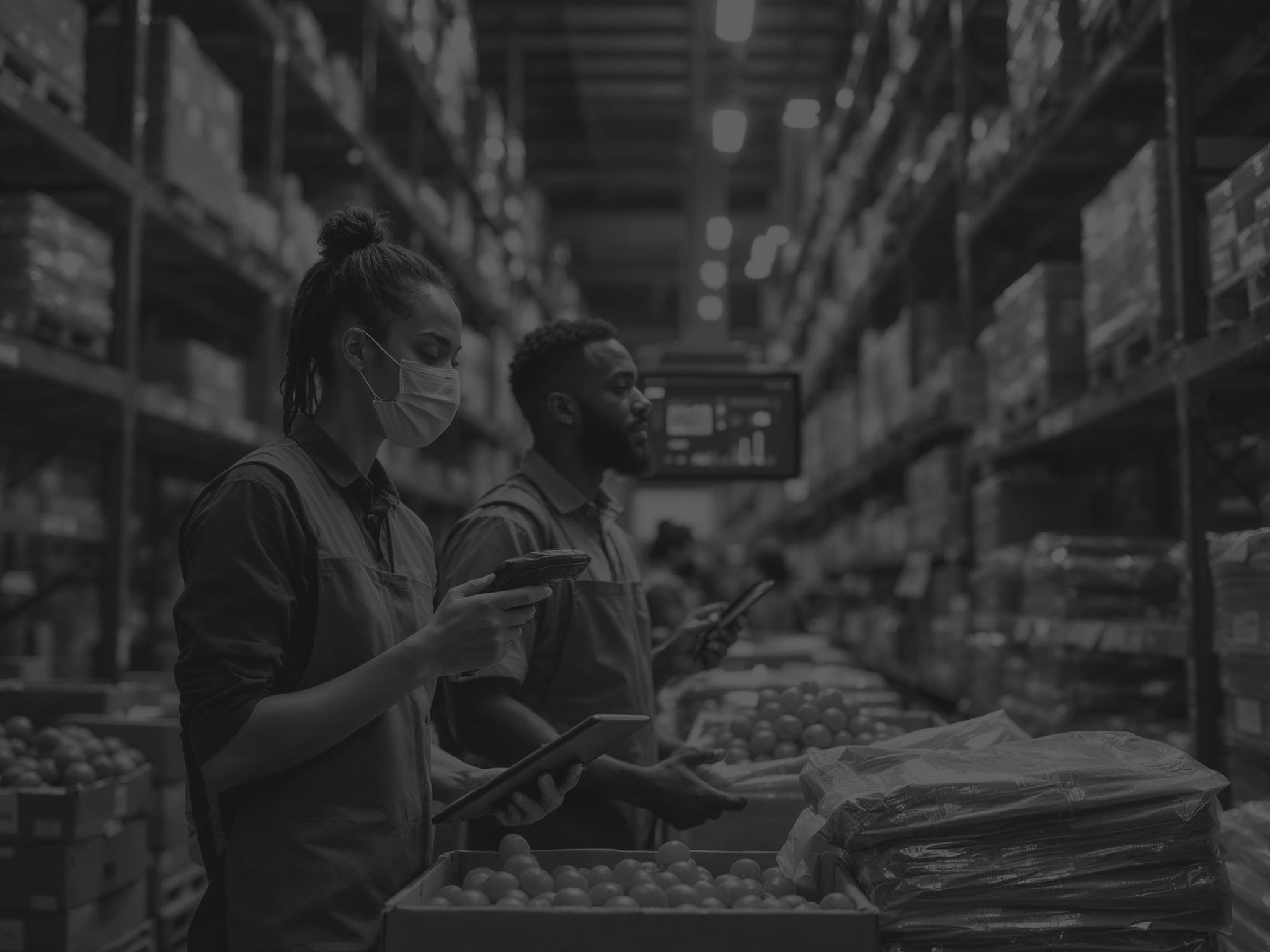What is the Food Supply Chain and How Does it Operate?
The journey of food from its origin to your plate is more intricate than it might seem. This process, known as the food supply chain, encompasses a series of carefully coordinated stages, each vital to ensuring the availability of safe, nutritious food for consumers worldwide.
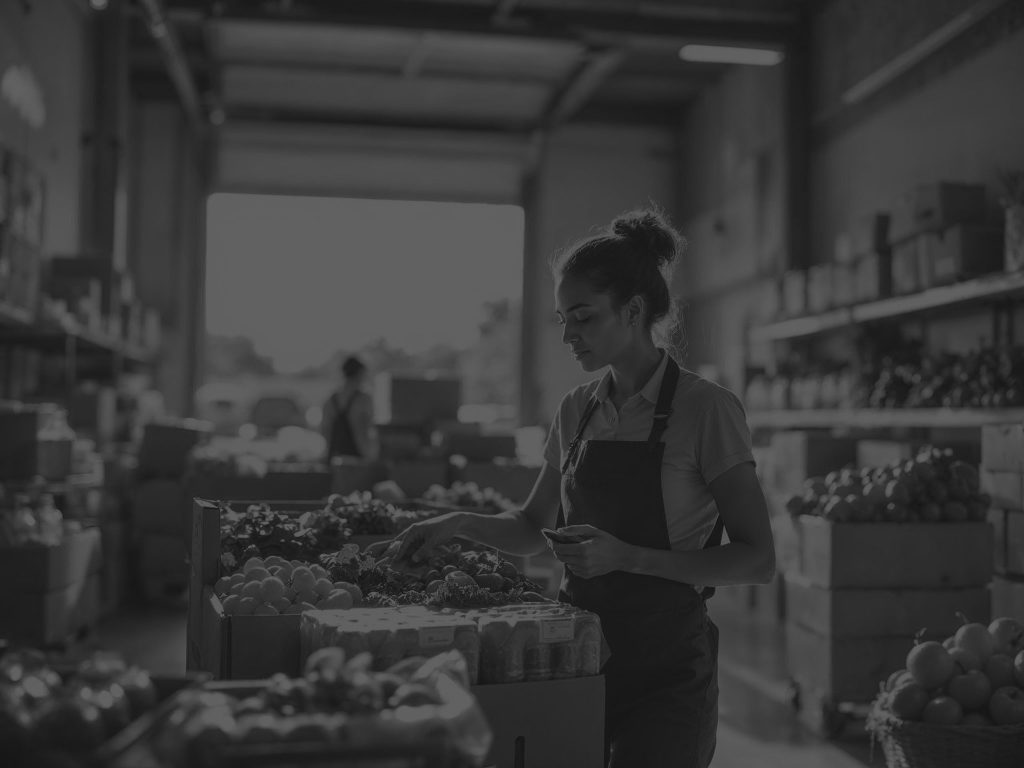
Introduction.
So, what exactly is the food supply chain, and how do its various components work together to deliver everything from daily staples to gourmet specialities?
This article will explore the food supply chain in depth—including a look at ethical supply chains in food production—by breaking it down into five key components and explaining their roles. We’ll also examine the challenges affecting the system, with a particular focus on how a sustainable food supply chain can benefit everyone and what consumers can do to help.
Key Takeaways.
- The food supply chain covers every step from farming and production through to consumer purchase and consumption.
- Ethical supply chains in food production help ensure fair labour, traceability, and environmental responsibility.
- Key challenges include food waste, sustainability concerns, and global logistics issues.
- A sustainable food supply chain benefits consumers, producers, and the planet.
- Consumers can make a positive impact by supporting sustainable brands, buying local, and limiting food waste.
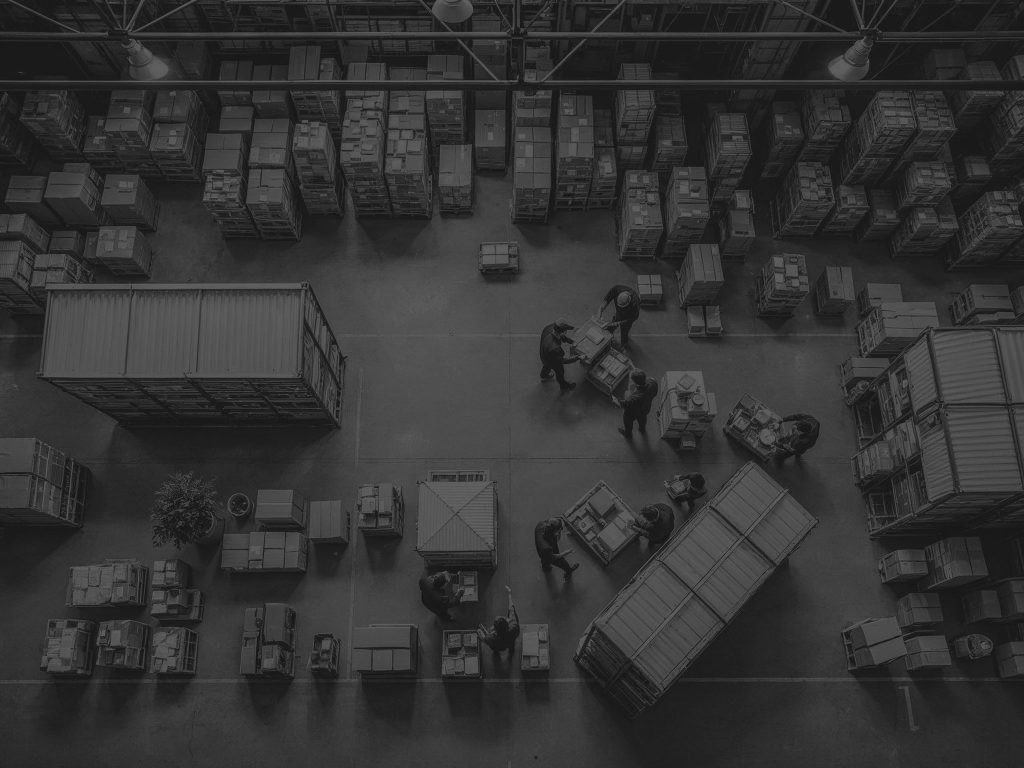
Understanding the Food Supply Chain.
The food supply chain refers to the entire process by which food is produced, processed, transported, sold, and consumed. It involves numerous stakeholders, including farmers, manufacturers, distributors, retailers, and consumers. The interconnected nature of these stages ensures that raw agricultural products are transformed into edible goods and delivered to markets efficiently.
Within the broader food and beverage supply chain, environmental sustainability, economic concerns, and food security play significant roles in shaping how operations are managed. Ethical supply chains in food production take into account issues like fair labour, traceability, and responsible sourcing—matters that are growing ever more important in today’s global marketplace. To grasp how all these elements interlink, let’s break down the key stages of the food supply chain.
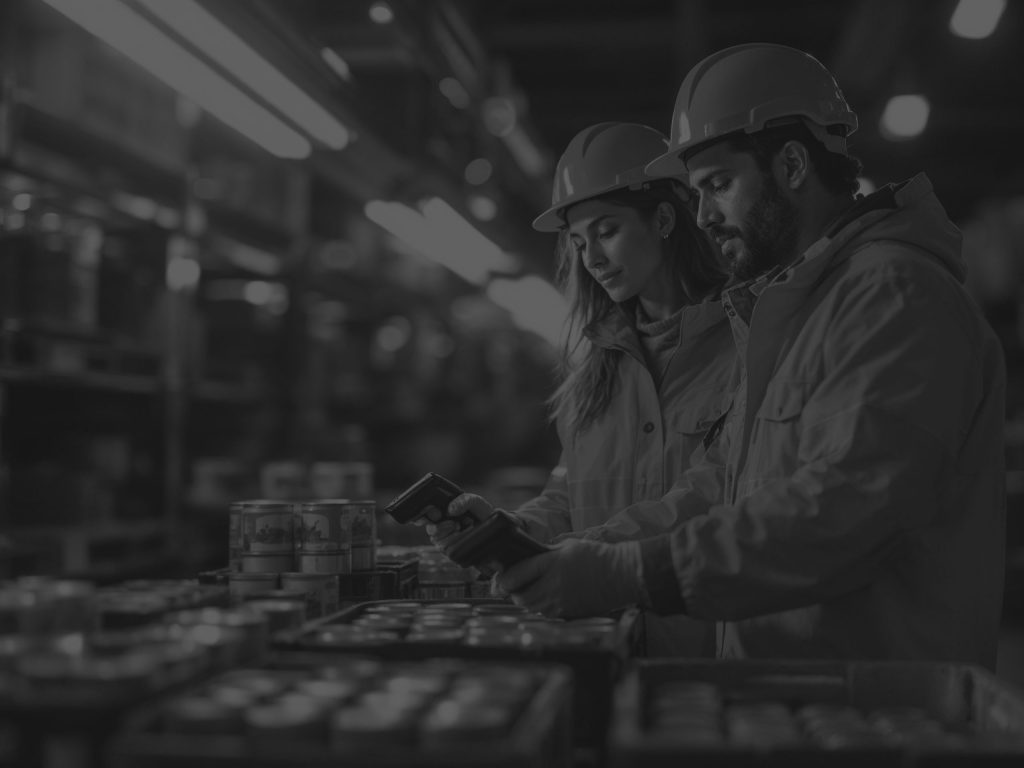
Key Components of the Food Supply Chain.
Each stage of the food supply chain is a building block contributing to the creation and distribution of food. Here’s what happens at each step:
1. Production
The food supply chain begins with production, where farmers grow crops or rear animals. This stage forms the foundation of the entire chain and relies heavily on natural resources like soil, water, and climate.
Farmers face several challenges, including unpredictable weather, pest infestations, and rising costs of resources such as fertilisers. Innovations like precision agriculture and sustainable farming practices are becoming essential to maximise yields while maintaining eco-friendly operations. A focus on ethical supply chains in food production ensures that both people and the planet are considered throughout the process.
2. Processing
Once harvested, raw food materials enter the processing stage. Here, products are cleaned, sorted, and turned into forms suitable for consumption or retail, such as flour, canned goods, or frozen produce.
Food safety is critical at this stage. Regulations ensure that food is handled hygienically and meets quality standards. Processing can add value to raw materials, but over-processing may result in a loss of nutrients. Striking a balance is key for both quality and the integrity of the food and beverage supply chain.
3. Distribution
After processing, food enters the distribution stage. This involves transporting goods from factories or farms to wholesalers, retailers, or storage facilities. Robust logistics systems, including refrigerated trucks for perishables, play a crucial role in ensuring that food remains fresh during transit.
Global food trade introduces complexities here. Supply chains that span continents must work around tariffs, transportation delays, and logistical challenges. Efficient distribution systems are especially vital in emergencies, such as delivering aid to disaster-stricken areas. A sustainable food supply chain is required to meet these challenges while minimising environmental impacts from transportation.
4. Retail
Retailers like supermarkets, grocery stores, and online platforms act as the public-facing component of the supply chain. They stock products, offer promotions, and cater to consumer demand trends that influence what goods are available.
This stage also includes reducing food waste. Retailers are increasingly adopting practices such as discounting near-expiry products or donating surplus stock. These efforts contribute to a more sustainable food supply chain by helping to combat waste—an issue that’s particularly crucial as approximately one-third of all food produced globally is lost or wasted.
5. Consumption
Finally, food reaches its ultimate destination—consumers. Individuals and households purchase, prepare, and consume products, completing the food supply chain cycle.
Consumer behaviour greatly impacts the chain. For example, buying locally produced food, reducing waste, and making sustainable choices encourage practices that benefit both the environment and the economy. Understanding labels such as “organic” or “fair trade” can also influence demand patterns, encouraging supply chains to adapt accordingly. Supporting ethical supply chains in food production helps ensure that the foods you enjoy are produced with responsibility and care.
Challenges in the Food Supply Chain.
Despite its importance, the food supply chain faces several challenges that can disrupt its efficiency and sustainability. Here are some of the key issues affecting both the food and beverage supply chain and broader food systems:
- Food Waste: From farms to consumers, millions of tonnes of food are discarded annually, wasting resources like water and energy used in production.
- Sustainability: The chain’s reliance on natural resources puts pressure on the environment. Overfishing, deforestation, and greenhouse gas emissions are significant concerns that highlight the need for a more sustainable food supply chain.
- Logistics: Globalisation makes supply chains more complex. Delays, natural disasters, or political conflicts can hinder the movement of goods across borders.
- Food Security: Factors like climate change and inflation threaten the accessibility and affordability of food for vulnerable populations.
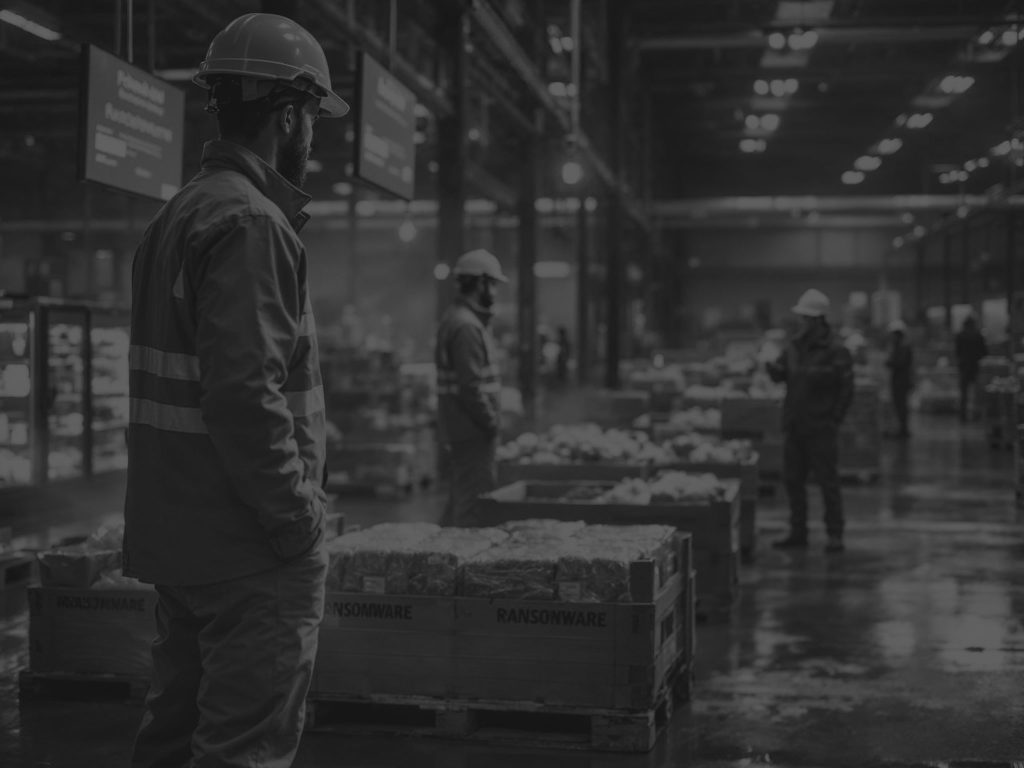
How Consumers Can Support a Sustainable Food Supply Chain.
While some challenges require systemic change, consumers have the power to make a meaningful impact. Here’s how you can contribute to one of the most important ethical supply chains in food production:
- Limit Food Waste: Plan meals, store food properly, and repurpose leftovers to reduce waste at home.
- Choose Sustainable Options: Support brands and products that practice ethical sourcing, use eco-friendly packaging, or prioritise local suppliers.
- Buy Local: Purchasing seasonal, locally produced food reduces the environmental impact of long-distance transportation and bolsters a sustainable food supply chain.
- Educate Yourself: Learn about food labels, sustainability certifications, and the origins of the products you buy, which all play an important role in supporting a more responsible food and beverage supply chain.
Final Thoughts.
The food supply chain is a complex and vital system that underpins global food security. From production to consumption, each stage has a unique role in delivering food efficiently while addressing modern challenges like sustainability and logistics.
By understanding what is the food supply chain and the factors behind it, consumers can make informed decisions that not only improve their well-being but also support a more sustainable and ethical food system for future generations. Together, we can all play a part in shaping a food supply chain that feeds the world while protecting the planet.
Frequently Asked Questions (FAQ's)
The food supply chain refers to the network of processes and stakeholders involved in producing, processing, distributing, retailing, and consuming food. It tracks a food item’s journey from farm to table.
A reliable food supply chain ensures that safe, high-quality food reaches consumers efficiently. It supports food security, economic growth, and public health while allowing for responsible resource use.
Common challenges include food waste, sustainability concerns, logistical complexities, climate change, and food safety. Addressing these issues is crucial for maintaining ethical supply chains in food production.
Consumers can help by minimising food waste, choosing sustainably sourced and local products, staying informed about food labels, and supporting ethical brands in the food and beverage supply chain.
An ethical food supply chain considers the social and environmental impact of food production, including fair labour practices, animal welfare, and environmental responsibility. Supporting these supply chains contributes to a more sustainable food system.
Globalisation increases access to a wider variety of foods but also introduces complexities around transportation, regulations, and food safety, making robust systems even more important for a sustainable food supply chain.
